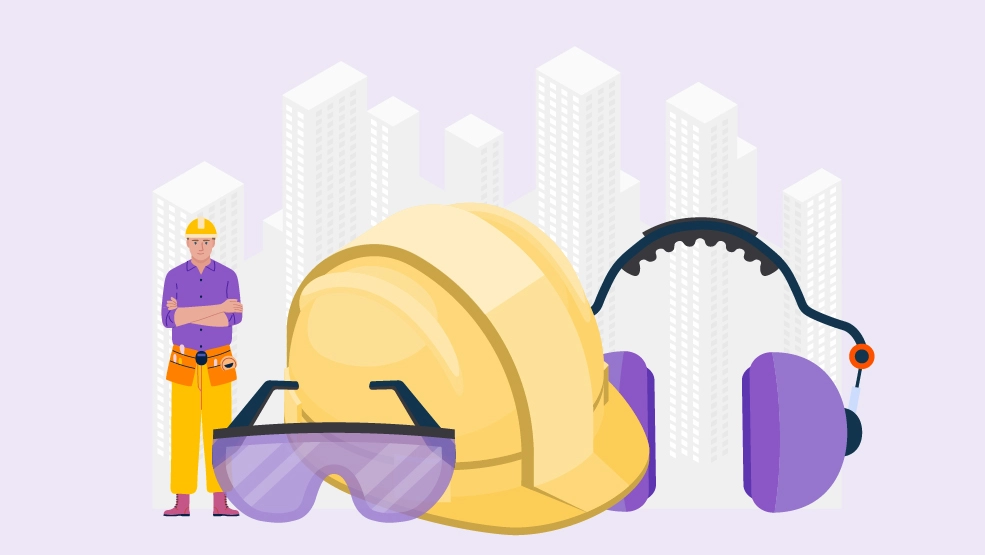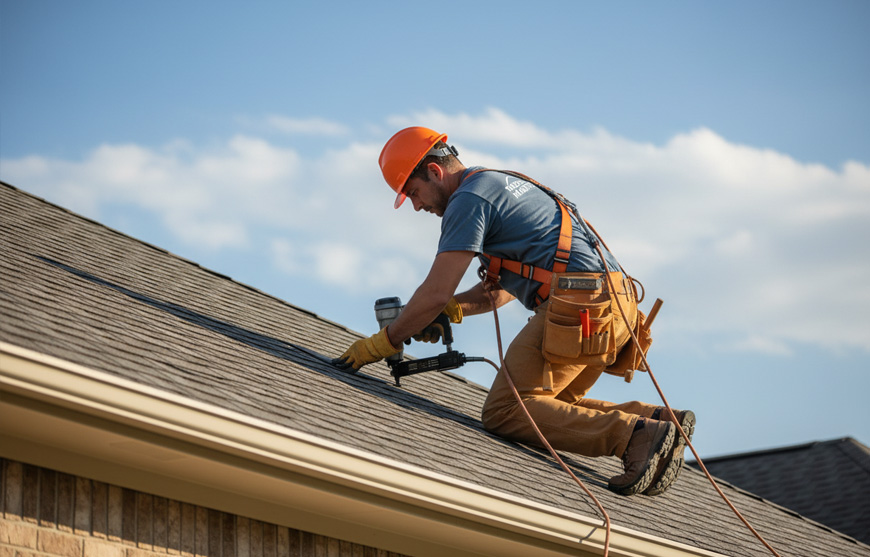Rates of worker deaths, injuries, and illnesses in the United States have all decreased dramatically in the last few decades. However, some positions are riskier than others — including field service jobs.
Because field service technicians spend so much time on the road and visiting different locations, they face unique safety challenges that other employees don’t.
The following are nine specific strategies that will keep field service techs safe.
1. Prioritize Continuous Communication
Poor communication is one of the biggest contributors to accidents and injuries in the field. If the technician can’t reach someone at the home office (or vice versa), they might not get the support or assistance they need until it’s too late.
To improve communication, it’s helpful for workers to have something beyond a cell phone to connect with their employer, clients, and emergency services.
For example, comprehensive field service software solutions allow for frequent communication and consistent updates. Technicians can use these tools to share messages, photos, files, videos, etc., and keep people back at the business’s home base in the loop (and other workers can stay in touch with them as well).
2. Offer Thorough and Ongoing Training
The more training field service workers receive, the less likely they are to get hurt or into accidents on the job.
Training should begin on the employees’ first day at the company. They should review essential concepts regarding safe driving, appropriate equipment use, proper communication, and reporting accidents and dangerous situations.
Employees should receive ongoing training multiple times per year as well.
Frequent training ensures everyone understands the rules (and their importance). It also allows you to address specific issues that have happened recently, explain why they’re problematic, and reduce the chances that they’ll occur again.
3. Encourage Employees to Work in Pairs
Whenever possible, send employees to job sites in pairs.
Having two employees working together will help the work go by faster and increase your company’s general productivity. It also ensures that someone is around to get help if an accident occurs and the other technician does get hurt.
Sometimes, it’s not feasible for employees to go out in pairs. However, you can still take steps to protect employees working alone in these situations.
For example, include lone worker safety policies in your training protocol. These policies might feature guidelines for personal protective equipment (PPE), check-in procedures, accident reporting, etc.
You may also want to provide lone workers with a mobile panic button so they can immediately call for help if they get hurt on the job.
4. Encourage Accountability
A culture of accountability contributes to greater workplace safety for everyone.
There are lots of ways you can build accountability into your company’s operations, including the following:
FSM software can help business owners and administrators stay on top of their KPIs, such as field technician efficiency, service delivery quality, and more.
- Instant recognition and rewards for employees who follow the rules when it comes to using safety equipment, reporting safety hazards, etc.
- A transparent chain of command for reporting accidents and safety risks so that everyone knows who to talk to about problems and who that person is supposed to report to.
It’s also important to follow through with the consequences for breaking specific rules (such as not reading messages or not checking in regularly). Failure to follow through shows that you don’t actually value accountability, which will cause people to play fast and loose with the rules.
5. Maintain Assets
Make it a priority to maintain valuable assets, such as vehicles and the equipment technicians use on the job site.
Field service management solutions can generate automated schedules to perform regular asset inspections and help ensure they function correctly, increase the asset lifespan, and don’t put field service workers at risk. Preventative maintenance also helps to reduce issues with vehicles and machinery (which could lead to potential customer satisfaction issues).
Encourage prompt reporting when something goes wrong with an asset, too, so that you can get problems fixed as soon as possible.
6. Inspect PPE Regularly
Personal protective equipment prevents accidents and keeps field service workers safe.
In the same way that you should regularly inspect company assets, you should also conduct regular PPE inspections.
Ensure that all equipment is working correctly and free from damage that could compromise its integrity. Otherwise, you could put your employees at risk (even if they’re doing everything perfectly on their end to stay safe at work).
7. Minimize Distractions
Distracted workers — especially field service workers who use all kinds of potentially dangerous equipment — are more likely to become injured workers.
Implement strict rules regarding on-the-job distractions, such as not allowing cell phones or eating while driving. These rules might initially frustrate employees, but remind them that they’re in place for their safety.
8. Report Near-Misses as Well as Accidents
You know that it’s important to report accidents. However, it’s also essential to report near-misses.
If something almost goes wrong, you need to collaborate with your workers to find out what happened, why, and how it can be avoided in the future. They may have got lucky this time, but there’s no guarantee they’ll get lucky again.
Create a protocol for reporting near-misses as well as accidents. Share that protocol with all team members during the training process.
9. Don’t Shoot the Messenger
Consistent and prompt reporting is critical to workplace safety.
If your employees are afraid that they’ll get in trouble for reporting an accident, a near-miss, damaged equipment, etc., they’re unlikely to follow through. As a result, you won’t be aware of potential risks (and won’t be able to prevent accidents or injuries from happening).
Make sure employees know that they won’t be punished for reporting, even if their report causes a temporary employee productivity issue (for example, if you have to send a piece of equipment for repairs and can’t use it for a few days).
Prioritize the Field Safety of Your Employees
Field technicians have essential but potentially dangerous jobs. Prioritizing workplace safety for these individuals will help them enjoy peace of mind and get their jobs done more effectively while also reducing the risk of accidents and injuries.
If your organization’s safety rules could use a refresh, start with the suggestions listed in this guide and subscribe to our weekly newsletter.





